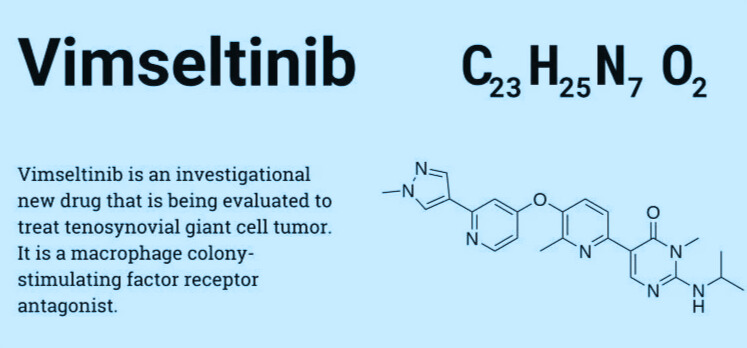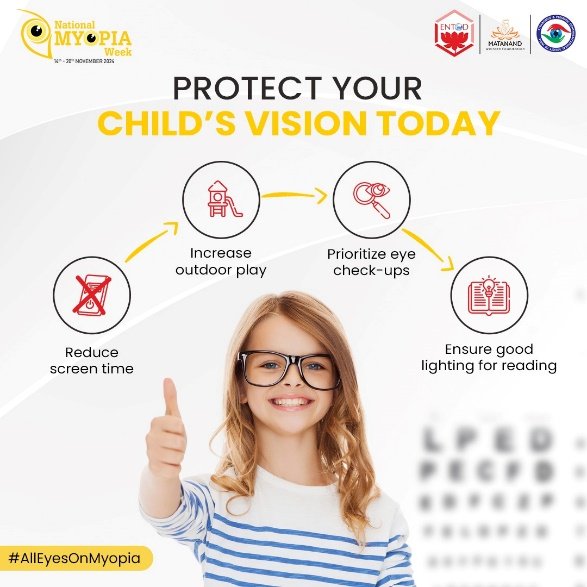Over the past few decades, ultra-processed foods have become a staple in many people’s diets. These foods, often marketed as convenient and delicious, are increasingly found in everyday meals. However, numerous studies in recent years have raised alarm over the health risks associated with consuming ultra-processed foods. These risks go beyond the obvious, with links to severe conditions such as high blood pressure, heart attacks, cancer, anxiety, dementia, and even early death. But what makes these foods so harmful, and how can we protect ourselves? What Are Ultra-Processed Foods? Ultra-processed foods are those that have been significantly altered through industrial processes, often involving the addition of artificial ingredients, preservatives, colors, sweeteners, and flavors. These foods are typically packaged and require little to no preparation. Examples include packaged snacks, sugary beverages, fast food, and ready-to-eat meals. These foods are designed for convenience and taste but often lack the essential nutrients our bodies need. They tend to be high in unhealthy fats, sugar, salt, and refined carbohydrates, all of which contribute to a wide range of health problems. The Surprising Health Risks Linked to Ultra-Processed Foods High Blood Pressure and Heart Attacks Consuming a diet high in ultra-processed foods has been linked to an increased risk of high blood pressure and heart disease. These foods often contain excessive levels of sodium and unhealthy fats, both of which can raise blood pressure and damage the cardiovascular system. In fact, a study published in JAMA Internal Medicine found that a higher intake of ultra-processed foods is associated with a greater risk of heart disease and stroke. Cancer A shocking finding from recent studies is the connection between ultra-processed foods and cancer. Research published in The BMJ showed that a diet rich in ultra-processed foods increases the risk of developing various types of cancer, including colorectal, breast, and prostate cancers. The additives and preservatives in these foods may contribute to inflammation and DNA damage, both of which are key factors in cancer development. Anxiety and Mental Health Issues The link between diet and mental health is becoming more evident, and ultra-processed foods are emerging as a major factor in mental health problems. Studies have found that diets high in processed foods are associated with an increased risk of anxiety, depression, and other mental health disorders. These foods can affect brain chemistry, disrupt gut health (which plays a crucial role in mental well-being), and increase inflammation—all of which can lead to anxiety and other mood disorders. Dementia and Cognitive Decline Another alarming consequence of consuming ultra-processed foods is the potential link to dementia and cognitive decline. A study published in Frontiers in Nutrition found that a high intake of ultra-processed foods may accelerate cognitive decline and increase the risk of developing conditions like Alzheimer’s disease. The high levels of refined sugars and fats in these foods can lead to insulin resistance and inflammation, both of which are known to contribute to brain aging and cognitive dysfunction. Early Death Perhaps the most shocking result from recent studies is the connection between ultra-processed foods and early death. A study conducted by the University of São Paulo found that the consumption of ultra-processed foods is associated with a higher risk of premature death. While the exact mechanisms are still under investigation, the accumulation of risks from heart disease, cancer, and other conditions may be the contributing factors. Why Are Ultra-Processed Foods So Harmful? The main reason ultra-processed foods are so harmful is their composition. These foods are often stripped of vital nutrients and packed with artificial ingredients that our bodies struggle to process. Here are a few reasons why they pose such a significant health risk: Nutrient Deficiency: Ultra-processed foods lack the vitamins, minerals, and fiber found in whole, unprocessed foods. This leads to deficiencies that can weaken the immune system and increase the risk of chronic diseases. High Sugar and Salt Content: Excessive sugar and salt consumption from ultra-processed foods can lead to high blood pressure, obesity, and metabolic syndrome, all of which are linked to a range of chronic health issues. Inflammation: Many artificial additives and preservatives in ultra-processed foods are known to cause inflammation in the body. Chronic inflammation is associated with numerous diseases, including heart disease, cancer, and dementia. Addiction: Ultra-processed foods are often engineered to be hyper-palatable, which means they trigger a reward response in the brain, leading to overeating and addiction-like behavior. This makes it difficult for individuals to break free from unhealthy eating patterns. How to Protect Yourself Given the overwhelming evidence of the risks posed by ultra-processed foods, it’s essential to take steps to protect your health. Here are some tips: Minimize Processed Foods: The best way to reduce your intake of ultra-processed foods is to cook more at home. Focus on whole, unprocessed foods such as fruits, vegetables, whole grains, lean proteins, and healthy fats. Read Labels: When you do buy packaged foods, be sure to read the labels carefully. Avoid products with long ingredient lists containing chemicals, preservatives, and artificial additives. Cook with Whole Ingredients: Instead of relying on ready-made meals, prepare your food from scratch using fresh, whole ingredients. This way, you control exactly what goes into your food. Limit Sugary Beverages: Sugary sodas and energy drinks are a major source of ultra-processed ingredients. Opt for water, herbal teas, or homemade smoothies instead. Mindful Eating: Pay attention to what you eat and how much. Mindful eating helps you become more aware of your food choices and encourages healthier habits. The evidence linking ultra-processed foods to serious health problems is undeniable. From heart disease to cancer, mental health issues to early death, the risks are far-reaching and severe. However, by being mindful of what we eat and making conscious choices to avoid ultra-processed foods, we can reduce these risks and live healthier, longer lives. Start making small changes today—your future self will thank you.




